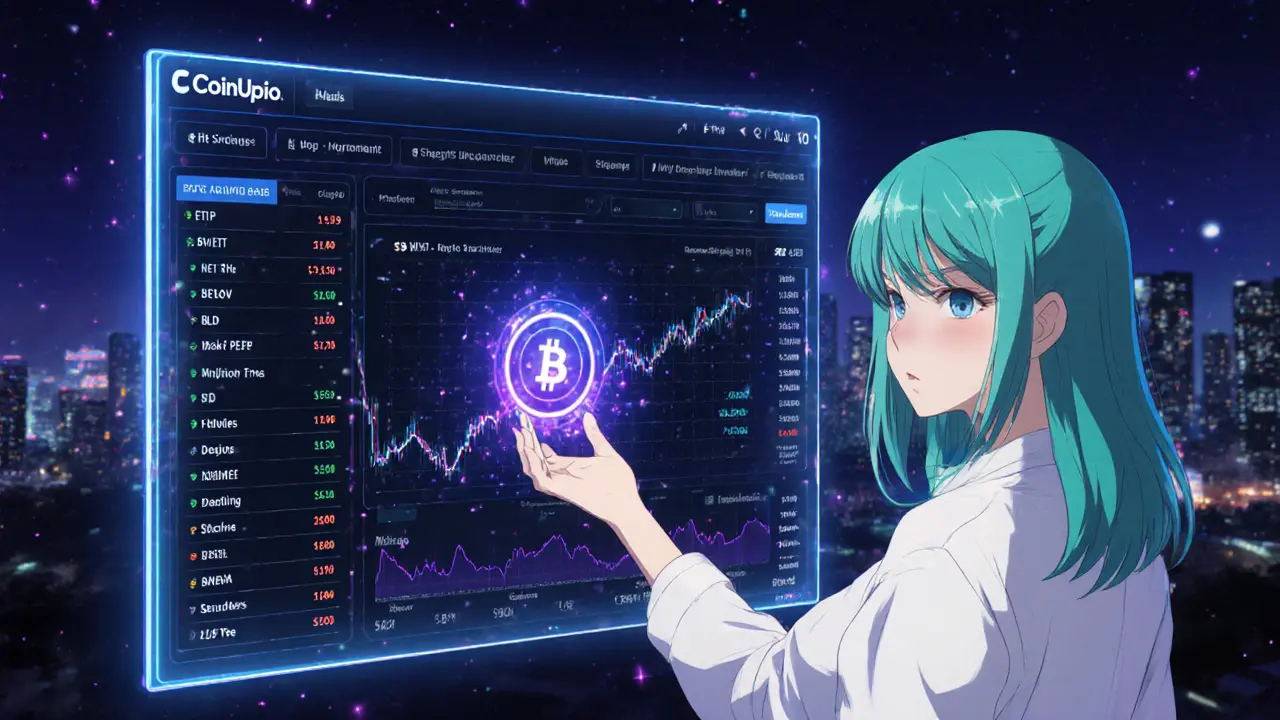Derivatives: The Core of Crypto Trading Strategies
When dealing with Derivatives, financial contracts whose value comes from an underlying asset like a cryptocurrency. Also known as Crypto Derivatives, they let traders hedge, speculate, and manage risk.
One of the most common sub‑types is Cryptocurrency Options, contracts that give the right, but not the obligation, to buy or sell a crypto at a set price. Options let you lock in a price now and decide later whether to execute, which is handy when the market is volatile. Another major player is Perpetual Futures, contracts that never expire and settle continuously via funding rates. Perpetuals differ from quarterly futures because they don’t have a set delivery date, so you can stay in a position as long as you can cover the funding fees.
Why Understanding Derivatives Matters
Derivatives encompass a range of products that amplify both profit potential and risk. To use them effectively you need solid risk management – stop‑loss orders, position sizing, and monitoring of leverage. Without a plan, a small price swing can wipe out a highly leveraged position. The math behind funding rates, option Greeks, and margin requirements can feel intimidating, but mastering these basics lets you hedge existing holdings or capture upside without owning the underlying asset.
Another key semantic link: Derivatives require risk management. Whether you trade options, perpetuals, or quarterly contracts, the same principles apply – understand the payoff diagram, know your breakeven, and keep an eye on liquidation thresholds. For traders focused on crypto, the fast‑moving market means funding fees can swing quickly, and the implied volatility in options can change dramatically after news events.
Perpetual futures differ from quarterly futures in three ways: funding structure, expiry schedule, and typical trader profile. Funding rates tie the contract price to the spot market, creating a constant cost or reward for holding a position. Quarterly futures lock in a price for a set period, which is useful for long‑term hedging. Finally, perpetual traders often seek short‑term leverage, while quarterly participants tend to be investors with a defined horizon.
The collection below dives into each of these angles. You’ll find a step‑by‑step guide on crypto options, a deep dive comparing perpetual and quarterly futures, and practical tips for avoiding costly slashing penalties on proof‑of‑stake chains. Whether you’re looking to add a hedging layer, experiment with leveraged positions, or simply understand how derivatives shape market dynamics, the articles ahead cover the essential tools and strategies you need.
Ready to explore the specifics? Scroll down to discover detailed analyses, real‑world examples, and actionable advice that will help you navigate the derivative landscape with confidence.
CoinUp.io Crypto Exchange Review 2025 - Fees, Security, and Features
A deep dive into CoinUp.io, covering fees, security, features, and how it compares to major crypto exchanges in 2025.

